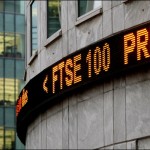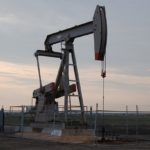Australian dollar advanced against its US counterpart on Wednesday, but upward movement seemed limited after the disappointing Chinese trade balance report.
AUD/USD reached a session high at 0.9233 at 8:13 GMT, the highest point since July 2nd, after which consolidation followed at 0.9198, still up by 0.23% for the day. Support was expected at July 9th low, 0.9084, while resistance was to be met at July 2nd high, 0.9250.
An official report said earlier, that Chinese export declined by 3.1% in June on annual basis, confounding experts’ projections of a 3.7% increase, and bolstering concerns over diminishing demand for raw materials globally. In May the export figure rose by 1%. Chinese annual import figure decreased by 0.7% in June, implying a slow down in domestic demand as well. Experts had projected an 8% rise of Chinese import. This data triggered a selling signal for the Aussie earlier during Wednesday trade, because China is Australias largest export partner.
Additionally, Westpac Consumer Confidence index remained considerably lower compared to the levels, registered at the beginning of the year, giving clues that maybe further actions by Australian central bank were needed in order to spur activity in other sectors of the economy, especially after mining sector in the country was slowing down. The index of consumer confidence decreased by 0.1% to 102.1 in July, still above the 100.0 level, which separates optimism from pessimism. This indicator stood at least 8% lower in comparison with its highest point, recorded in March 2013, when the series of interest rate cuts proved favorable to economy, more precisely to sectors, excluding mining industry. In June consumer confidence index increased by 4.7%.
In the mean time, demand for the US dollar continued to be strong due to ongoing expectations of US Federal Reserve reducing scale of its Quantitative Easing later in the year. The central bank was to release the minutes of its policy meeting in June later in the trading day, while a statement by Fed Chairman Ben Bernanke was due right after the FOMC report.





